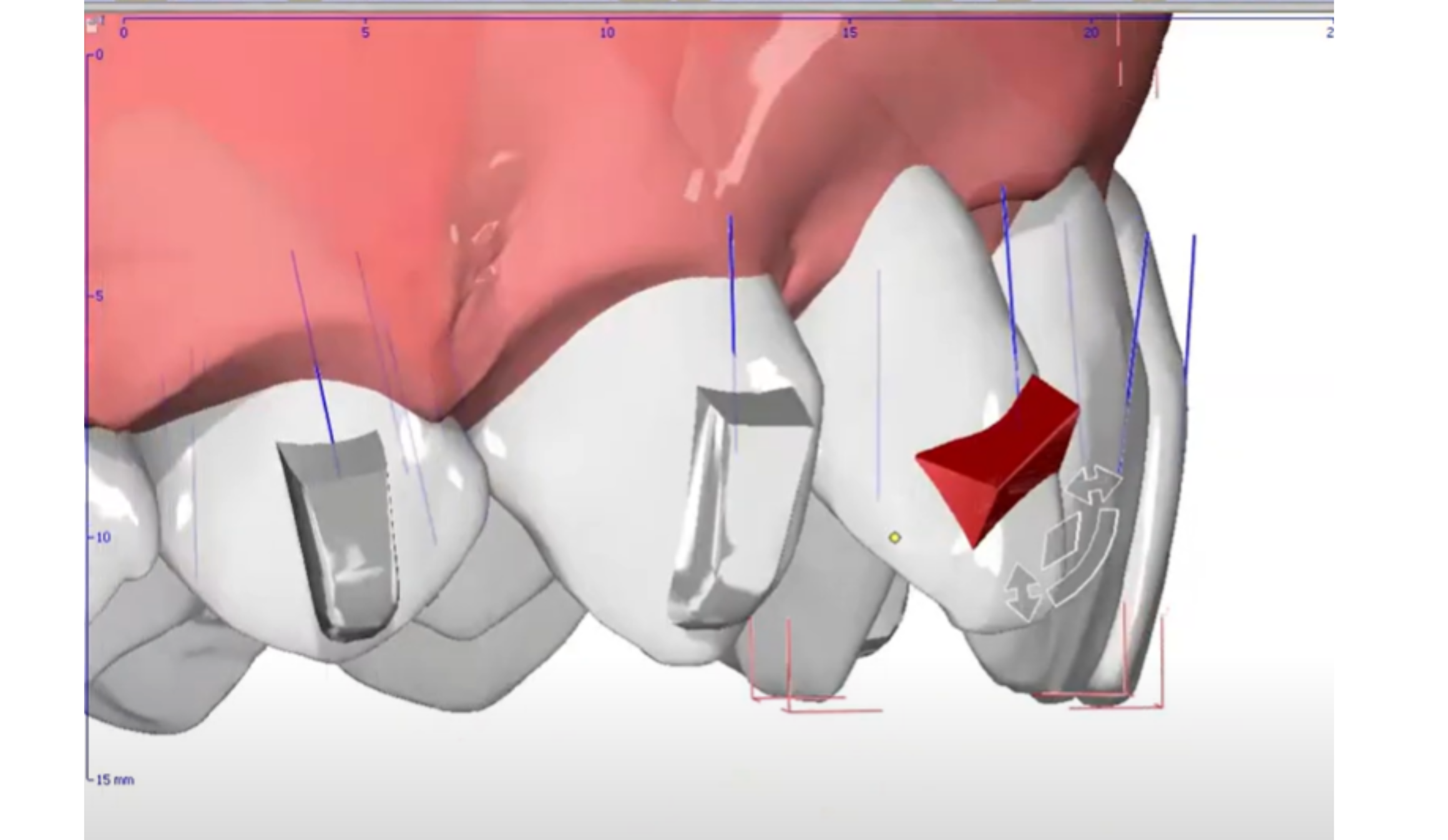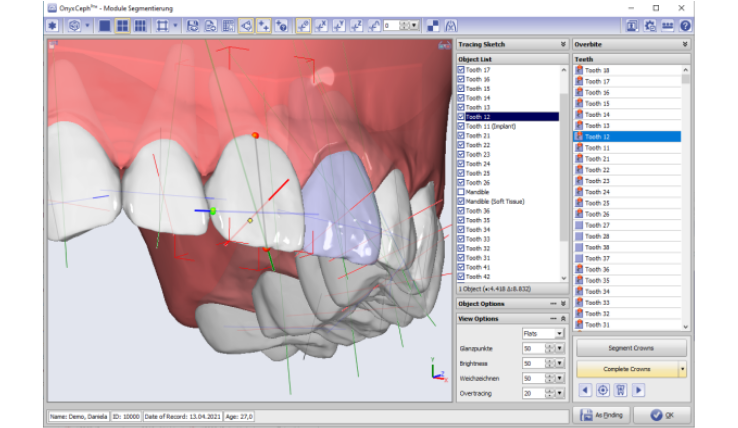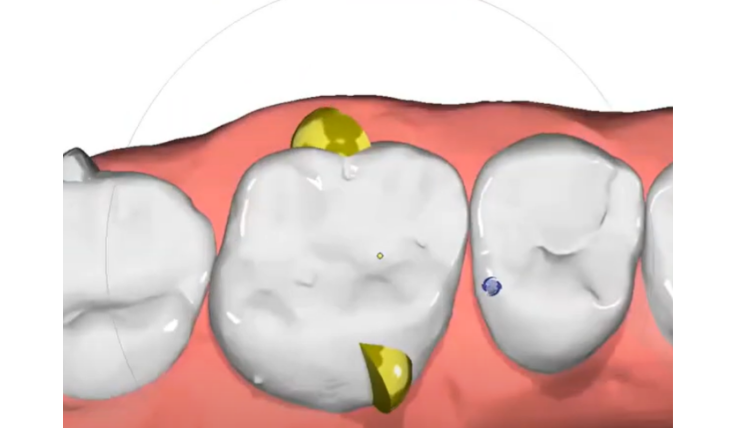Mastering the PIR Protocol: My Sequential Approach to Class II Division 2 Treatment
Class II Division 2 malocclusion has always been one of the most challenging cases in orthodontics. As many of you know, it’s characterized by retroclined upper anterior teeth, often combined with a deep overbite and vertical discrepancies. Over the years, I’ve learned that these cases are like solving a complex puzzle: every movement has consequences, and every step needs to be planned with precision.
That’s why I want to share with you one of the most effective strategies I use in these situations—the PIR protocol: Procline, Intrude, Retract. This sequential approach has completely changed the way I manage Class II Division 2 cases, making treatments more predictable and, most importantly, more stable in the long run.
The PIR Protocol Step by Step
Proclination – Laying the Foundation
The very first step is to procline the retroclined upper anterior teeth. This is essential because without correcting their inclination, any attempt at intrusion or retraction will be unstable.
Proclination creates the necessary space for the next movements and sets the stage for a clean, controlled treatment. But this phase isn’t as simple as “just proclining.” It requires a deep understanding of biomechanics and anchorage. Personally, I often use multiple attachments, sometimes even lingual ones, to ensure the forces are applied correctly.
Intrusion – Controlling the Vertical Dimension
Once proclination is achieved, the next step is intrusion. Here, the focus is on correcting the deep bite. This phase demands precise force application and vertical control—if you don’t get this right, you risk overcorrecting or creating side effects.
Retraction – The Grand Finale
Finally comes retraction, which I consider the most delicate part of the sequence. The real challenge here is ensuring pure retraction with root control, not just crown tipping. Without proper lingual root torque, the teeth can tip back instead of translating, leading to complications such as posterior open bites.
This is where precise planning and attachments are indispensable. With the right biomechanics, this final stage completes the treatment predictably, delivering the results we and our patients expect.
Why Sequential Movement Matters
I can’t stress this enough: never try to do proclination, intrusion, and retraction simultaneously. Every time I’ve seen that approach attempted—whether in my own early cases or reviewing other clinicians’ plans—it led to unpredictability.
By moving sequentially, we’re respecting the biology of tooth movement, controlling forces more effectively, and avoiding unnecessary side effects. It’s a slower process, yes, but the results are worth it.
Here are a few lessons I’ve learned through practice:
- Lingual attachments are your allies for rotation control and root movement.
- Patient compliance is critical. Without it, even the best protocol won’t succeed.
- Always re-check your digital plan for sequential logic—don’t let automation decide the order of movements.
For me, the PIR protocol represents more than just a technique—it’s a mindset shift. By respecting the sequence of movements, we gain predictability, control, and stability in cases that were once considered unpredictable.
The future of orthodontics is digital, but also sequential. And if there’s one lesson I hope you take from this, it’s that precision in planning and respect for biomechanics are the true keys to long-term success.

Latest Articles
All Articles
Essential Tips for Precision in Dental Segmentation
In digital orthodontics, small errors create big problems. Misplaced mesial or distal points during segmentation can compromise spacing, movement, and aesthetics. This post shows how to avoid the pitfall, improve IPR, and achieve predictable, balanced results across OnyxCeph, Nemocast, or Arcad.


Improving Molar Rotation with a Dual Attachment Strategy
Molar rotation with aligners is tough—size and roots make movement unpredictable. Dual attachments, placed buccally and lingually, create a couple force for pure rotation and better control. With precise planning and placement, this method reduces auxiliaries and improves predictability in rotations over 10°.

.png)